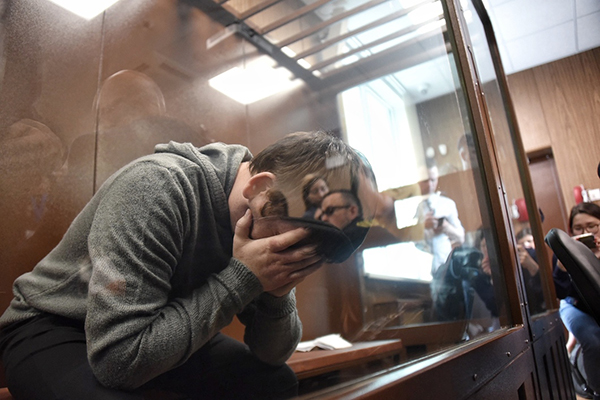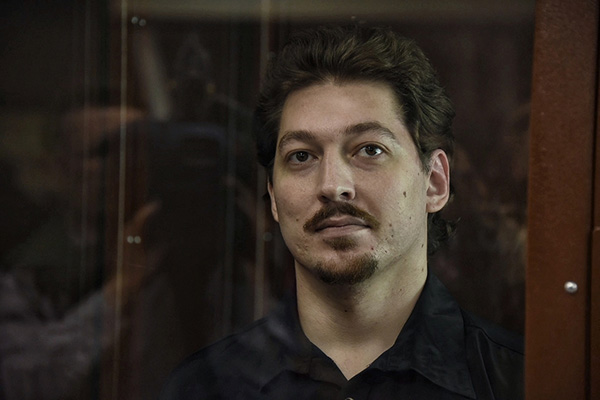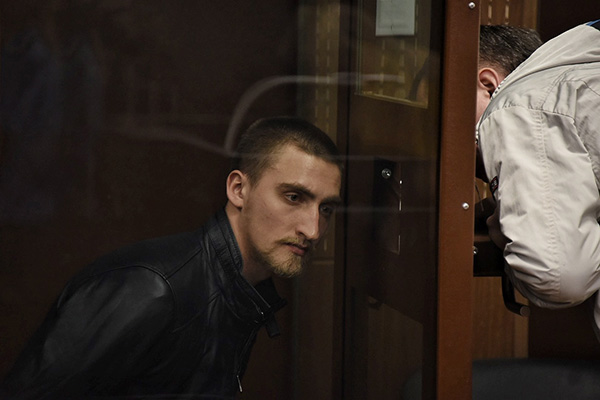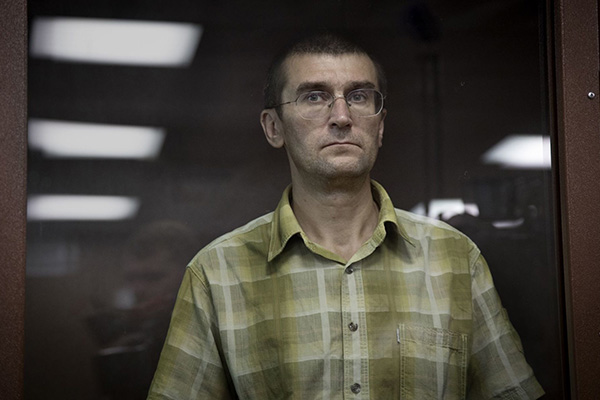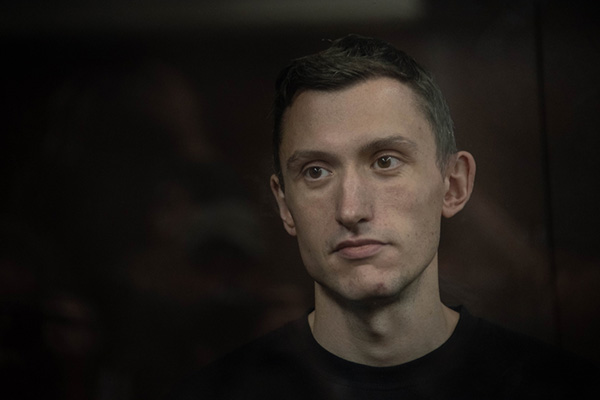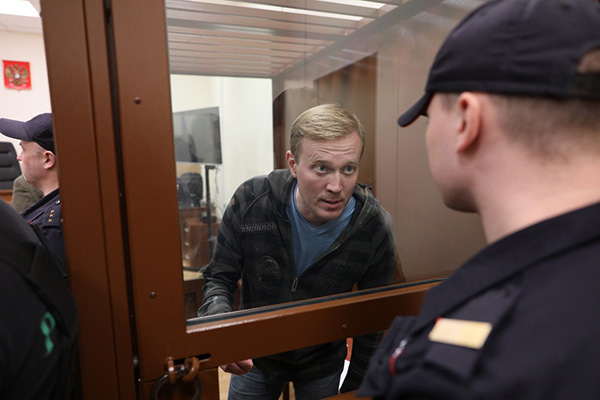Food insecurity set to rise in Kenya as floods hit agriculture and livestock
HIGHLIGHTS
• Over 144,000 people are affected by the ongoing heavy rains and floods in Kenya, according to preliminary findings from the Kenya Red Cross Society.
• The rains have driven flash floods, mudslides and landslides in at least 25 counties, destroying key infrastructure and claiming the lives of at least 48 people.
• Sharp increases on food and fuel prices due to shortages have been reported in Mandera, parts of Wajir and Marsabit counties, hindering access to food for the most vulnerable.
• The heavy rains follow a period of prolonged drought which saw the number of severely food insecure people in Kenya rise to 3.1 million.
SITUATION OVERVIEW
Despite some decreases on the rainfall totals, heavy rains continued to cause floods and destruction in Kenya during the last week, especially in the central, western, some parts of north-eastern and coastal regions of the country, according to the Government’s Meteorological Department. Muranga County, in central, and Busia County, in the west, recorded the highest rainfall, with more than 100mm over the last seven days.
More than 144,000 people in 25 counties across the country are estimated to be affected by riverine and flash floods, rock falls, mudslides and landslides, according to the Kenya Red Cross Society (KRCS). The Government’s National Disaster Operation Centre (NDOC) also confirmed that at least 17,000 people have been displaced and 48 died due to the floods. With the current weather forecasts, which predicts heavy rains until the end of November, the NDOC expects these numbers to rise, including affecting 200,000 refugees living in settlements in Dadaab.
The destruction of crucial livelihoods, including an undetermined acreage of farmland and livestock, according to NDOC, will likely heavily impact the food security situation across the country. In Mandera alone, at least 30,000 shoats have so far died, while some 4,700 livestock have been swept away in Marbasit, according to an assessment led by the Kenya Cash Consortium. The Frontier Counties Development Council (FCDC) also informed about sharp increases on food and fuel prices due to shortages in Mandera, parts of Wajir and Marsabit counties, hindering access to food for the most vulnerable. Kenya was already facing increase hunger prior to the floods, with 3.1 million people projected to be in crisis and emergency levels of food insecurity since October, according to the latest report from the Integrated Food Security Phase Classification (IPC).
Although the Government is still carrying out assessments to determine the extension of damages, there are already several reports of key infrastructure–including roads, bridges, schools and health facilities–destroyed in multiple locations. Roads have been cut off in at least eight counties, paralyzing transport and hampering humanitarian assistance in Mandera, Wajir, Marsabit, Turkana, Garissa, Lamu, Kwale and Mombasa. According to FCDC, major road links like the Mandera-Wajir highway at Kutulo, Moyale-Mandera road, the Isiolo-Sericho road, Wajir North and the rest of Wajir West are impassable. In Marsabit County, Sololo-Moyale road has been adversely affected, and people have been displaced in Godoma, Dabel, Bori, Elebor, Wolde and Saku. In Turkana County, Turkana West, Kerio and Loima have been cut off due to flash floods.
Medical supplies have been diminishing because of poor accessibility, and according to FCDC there are fears of imminent shortages of crucial drugs. Kenya has been dealing with different disease outbreaks in 2019, including cholera and malaria. The current floods will likely increase the risk of these and other water-borne diseases, including the Rift Valley fever in human and animals, and other livestock illnesses, such as contagious bovine pleuropneumonia, foot rot and foot and mouth diseases.
Among the main priorities, there is an urgent need for logistical support, especially aerial assets, to assist the population in zones cut off by the floods. Food, especially in Mandera, Wajir, Garissa, Tana River, Turkana, Marsabit, Kisumu, Lamu, is urgently needed, as well as non-food items, medical kits and medical interventions for disease prevention, emergency water supply systems for water treatment, emergency sanitation systems and livestock disease control interventions in all affected areas. The disruption of livelihoods, displacement and food insecurity will likely increase protection concerns such as trauma and gender-based violence.
The rains—driven by the strong positive Indian Ocean Dipole (IOD)—are expected to continue in the days and weeks ahead, with most parts of the country likely to experience above-average rainfall until the end of November 2019, according to the Kenyan Meteorological Department. The rainfall will probably decrease in December, when dry conditions are expected in most regions of Kenya.
RESPONSE
With the support of OCHA, the Kenya Humanitarian Partnership Team convened a meeting with the NDOC on 4 November to share information on the situation and needs, and coordinate the response. OCHA has also mobilized a cash grant of US$100,000 to attend the costs of aerial transport of urgent assistance to areas cut off by the floods. NDOC also informed that helicopters have been deployed to supply food to people displaced in the north-eastern part of the country.
NDOC is undertaking, with the support of the counties, aerial assessments to determine the exact locations of people and communities marooned, and the states of the flooded roads. The KRCS, UNICEF and its partners, as well as the organizations of Kenya Cash Consortium have been on-ground countrywide to conduct assessments in flood-affected areas and to share updates on the situation with stakeholders. Search and rescue efforts have been conducted or are ongoing in Turkana, Marsabit, Machakos, Kitui, West Pokot, Garissa and Taita Taveta Counties, and emergency medical teams from the Government are accompanying the aerial teams.
The KRCS has made available non-food items (NFIs) kits to assist 25,000 families, in addition to nearly 1,000 assisted by IOM. ECHO-funded emergency cash programme has reached 4,546 families in Tana North. Rehabilitation of shallow wells in Tana North and in Lodwar, Turkana County, and the solarization of two boreholes in Garissa County have been undertaken with the support of UNICEF, Oxfam and other partners, assuring access to safe water to more than 65,000 people. Hygiene promotion campaigns and distribution of hygiene and water treatment kits are ongoing with the support of UNICEF, OXFAM and its partners.
On nutrition, UNICEF, with the support of ECHO, has airlifted ready-to-use therapeutic food to 66 health facilities in Mandera, WFP has announced that it will support irrigation schemes, providing farmers with tools to help desalt canals and plough farms, while the Government is planning to help replace livestock swept away by the floods. Early warning messages continue to be issued to communities in flood-prone areas.




